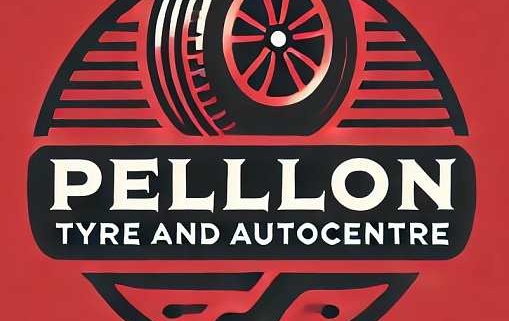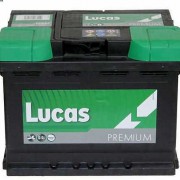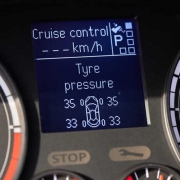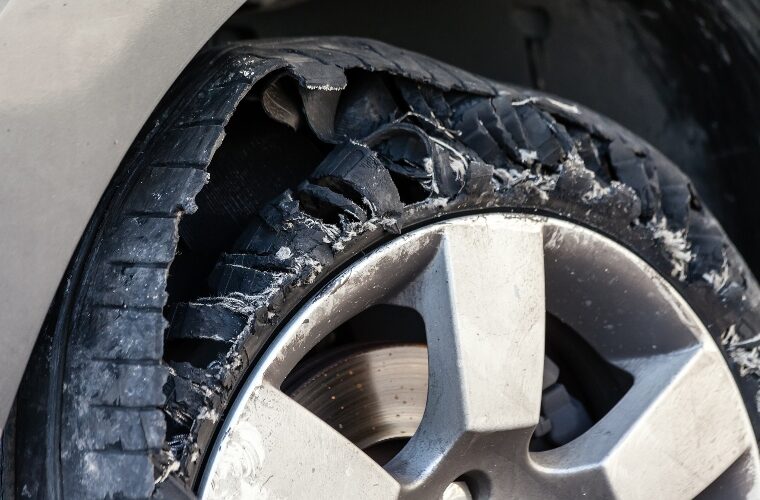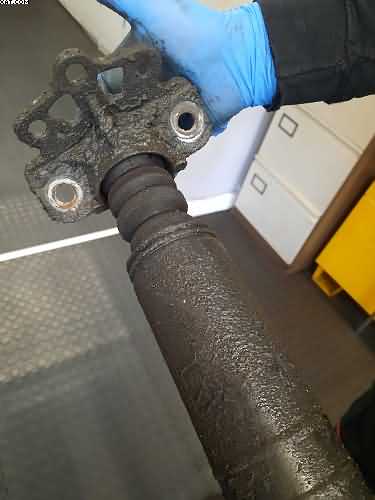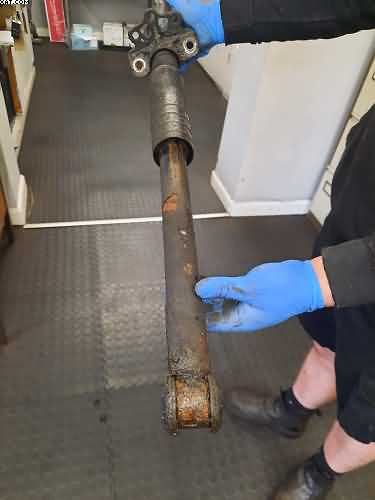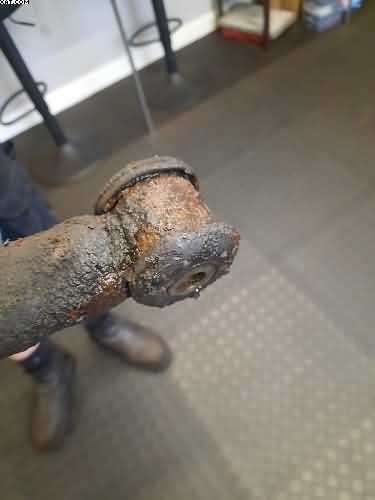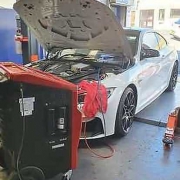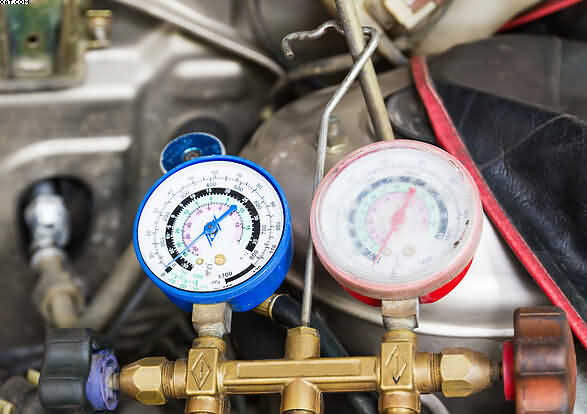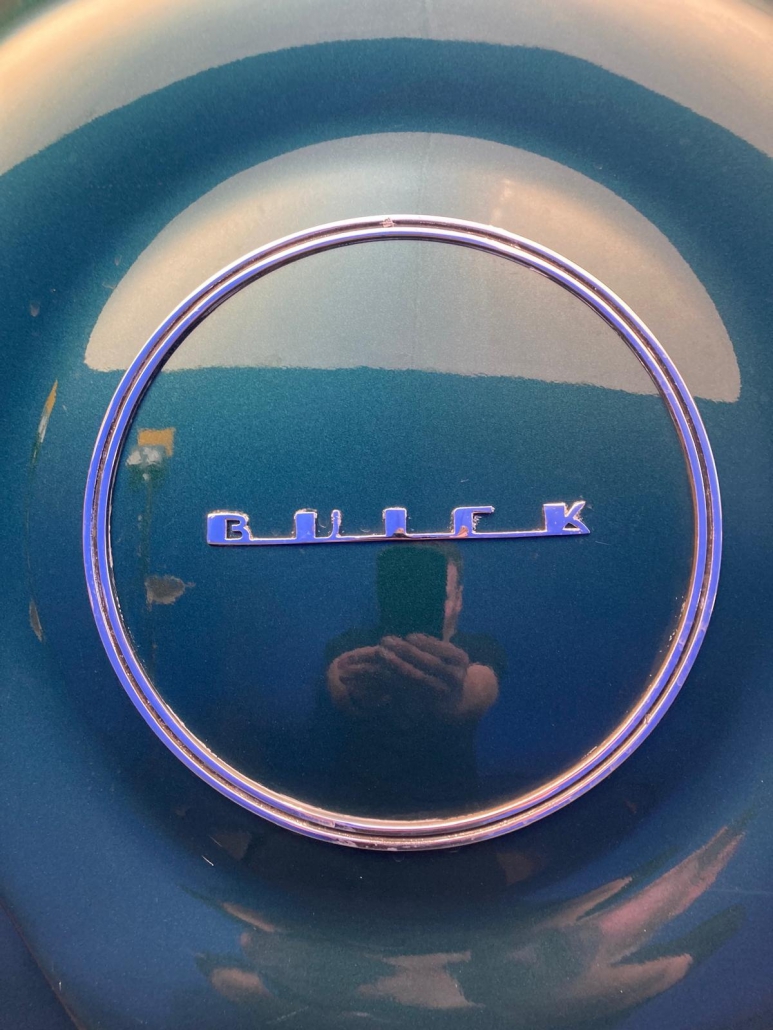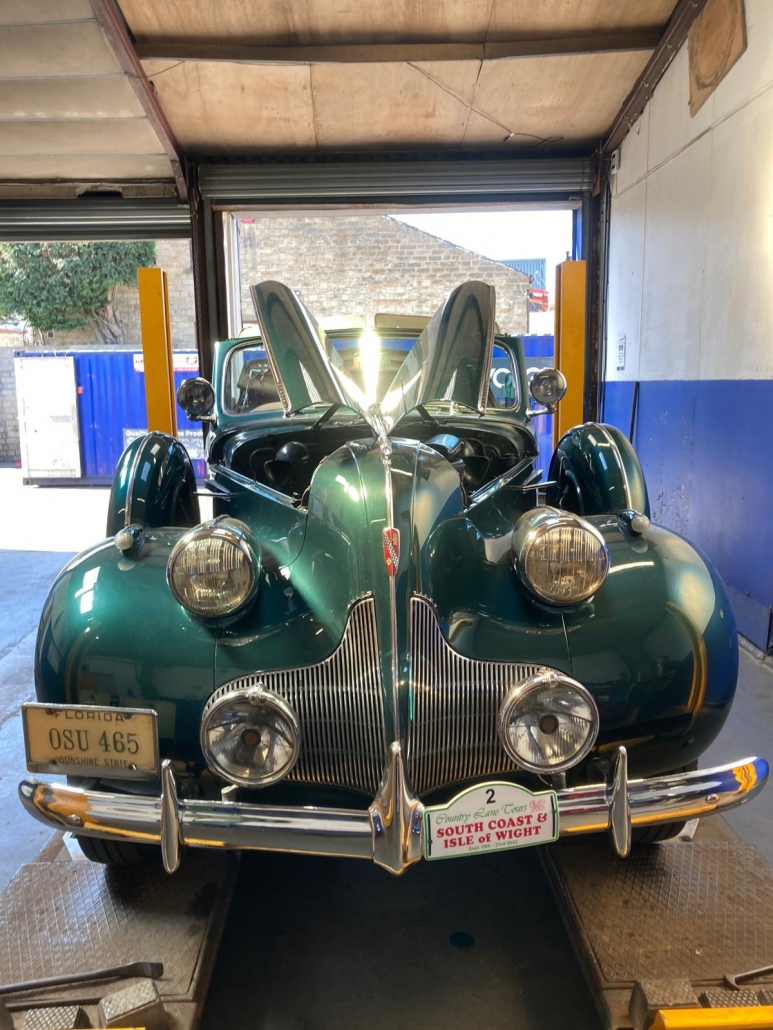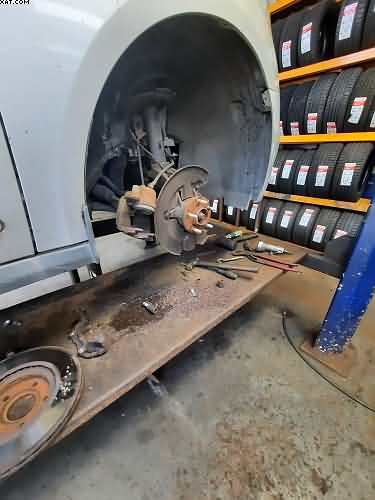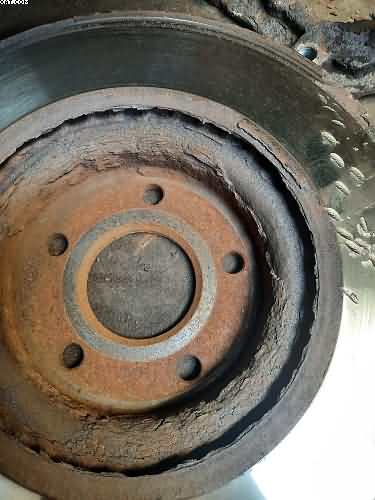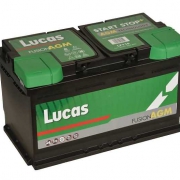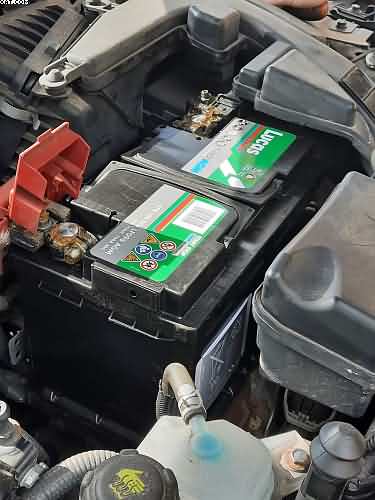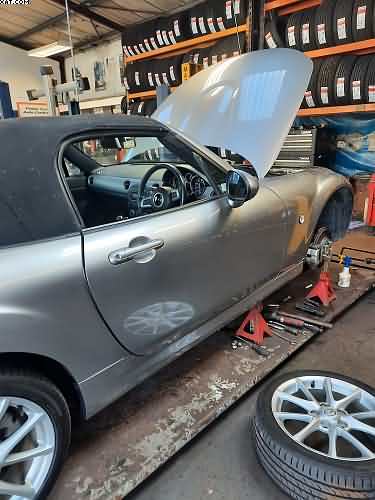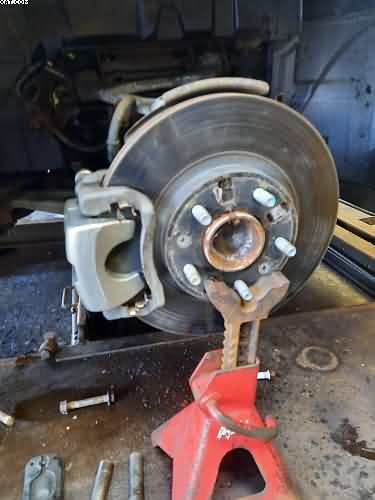038 Car Batteries
Table of Contents
038 Car Batteries

038 Car Batteries
Lucas 038 Car Batteries from Lucas
So, in the UK, “Lucas” has always been a well-known name in the field of car electrics. Including the battery range! Unfortunately, the original company split up. Subsequently, the different sections were sold off! Or indeed, the brand names were sold off. This was the same for the battery section of the company.
The Original 038 Car Battery: A Mainstay of Early UK Automobiles
There is something quite special and distinctive about old cars. There’s a sentiment among many fans of classic cars for nostalgia, history, or just plain old charm of a well-kept old vehicle. Though we frequently ogle the chrome bumpers, the retro interiors, and the unique engine sound, the battery—which is significantly less glitzy but very necessary—is what powers these cars. And the standard power source for a lot of early British cars was the 038 car battery.
An Overview of the 038 Car Batteries History
In British automotive history, the 038 vehicle battery has long been a mainstay, particularly in the 1960s, 1970s, and 1980s. It was a typical feature of many tiny British cars, such as the Hillman Imp, Austin Mini, Morris Minor, and early Ford Escorts. These vehicles stood for British ingenuity, dependability, and affordability and were iconic in and of themselves. With just enough juice to start those vintage engines, the 038 battery was essential to the smooth operation of these cars.
What Is Unique About the 038 Car Batteries?
The 038 battery is a small, 12-volt lead-acid battery that fits perfectly in the narrow engine bays of many vintage cars from that era. It is well-known for its modest size. This is what made it unique:
- Fit and Size: The 038 battery is small but sturdy, measuring around 187 mm (L) by 127 mm (W) by 227 mm (H). It fits nicely into the tiny battery trays that are typical of older British cars.
- Power Output: The 038 has a power output of 330A at cold cranking amperage (CCA) and approximately 36Ah (amp-hours) in spite of its compact size. The smaller engines seen in many early cars could be started with this, as they didn’t require the tremendous output required for current cars.
- Reliable Performance: These batteries’ lead-acid technology worked flawlessly with the less advanced electrical systems of vintage automobiles. These batteries may endure for several years if properly maintained and provided dependable, uncomplicated performance.
Which Automobiles Made Use of the 038 Car Batteries?
For fans of vintage cars, the list of vehicles that relied on the 038 is like taking a trip down memory lane. Among the most popular models were:
The legendary tiny automobile that epitomised Britain in the 1960s is the Austin Mini. The 038 battery powered these agile small cars, whether you were driving an early Austin Se7en or a later Mini 850.
Morris Minor: From the late 1940s to the 1970s, the Minor, another iconic British vehicle, was a mainstay on UK roads. In the later models, the 038 battery was a standard install and supplied the electricity required to start the 948cc or 1098cc engine.
- Hillman Imp: This compact, rear-engine vehicle caused a stir when it debuted, taking aim at the Mini. This oddball classic’s engine was a fantastic fit for the 038 batteries.
- Mk1 and Mk2 Ford Escort: The original Escorts, which were among the best-selling vehicles at the time, came to represent reasonably priced automobiles. The lower-spec vehicles frequently used the 038 battery.
Keeping Your 038 Battery In Check
If you’re fortunate enough to own one of these vintage vehicles now, maintaining a functional 038 battery is essential. Even though automotive batteries now operate and last longer thanks to contemporary technologies, maintaining an older battery calls for a little extra care. Here are some pointers:
frequent Charging: Make sure to top off the battery charge on a frequent basis if your vintage car isn’t driven every day, particularly in the winter. To maintain the battery at its best, use a trickle charger.
Verify the Electrolyte Concentrations: Conventional lead-acid batteries (such as the 038) feature accessible cells that can have their levels replenished with distilled water. Wear safety gear whenever you check and replenish the electrolyte.
- Clean the Terminals: Poor connections might result from corrosion that accumulates over time on the battery terminals. Starting problems can be avoided with a quick clean using a wire brush and some baking soda.
Contemporary Substitutes and Options
Even while some suppliers still provide the original 038 battery, several contemporary alternatives offer better performance and still fit the old battery tray. Finding a period-correct 038 might provide the last touch of authenticity for those restoring a vintage vehicle to its original specifications. However, a modern lead-acid or AGM battery can be a better option if reliability is your top priority because they offer longer life and require less maintenance.
Concluding Remarks
Although it may not be the most showy component, the 038 car battery is unquestionably one of the most crucial. Understanding and appreciating the little things, like the 038 battery, offers a deeper level of connection to the history and engineering of these cherished classic British automobiles for anyone who has an affinity for them. You can enjoy the journey with peace of mind when you have a dependable 038 battery under the hood, whether you’re bringing your Morris Minor to a nearby car show or heading out for a Sunday drive in your vintage Mini.
Give your dependable old battery a respect the next time you open the bonnet and examine it; it is a unique piece of British automotive history.
As a result, Energy Batteries originally purchased the Lucas battery franchise.
Registered in the Corby area. Unfortunately, energy went into the hands of the receivers. Manbat ( now Ecobat) then purchased the Lucas franchise in 2009. Accordingly, it trades its own battery products under the acquired name of Lucas.
Lucas does not make his own car batteries! Manbat sources batteries of excellent quality for their premium Car Batteries range and the Classic range of batteries. We at Batteriesontheweb are the Yorkshire dealers for these excellent products.
Lucas batteries
“Now, in its most noticeable move to date, Manbat has made fundamental changes to the existing packaging. Core to the re-branding objective was to make the Lucas name and green colour scheme far more prominent than on the previous design, which only carried a small Lucas logo with a hint of green. The new design however, brings the green that the brand has been historically associated with and the Lucas name to the fore through an attractive design that stands out from the competition and emphasis the brands
The 038 Car Batteries also fits other battery applications.
The 038 Car Batteries are used mainly on classic cars. The early mini’s and Austin Alegro cars were all fitted with these Car Batteries. The battery also fitted cars made by Vauxhall cars. This includes the best selling Viva range in the 1960’s and some of the Triumph groups cars. This included the Triumph Spitfires and saloon cars such as the herald and the Vitesse.
Many battery companies change labels every so often. It is a way of telling when a battery was made. This helps them with warranty claims. Many claims are rejected because they can tell how old the label is.
